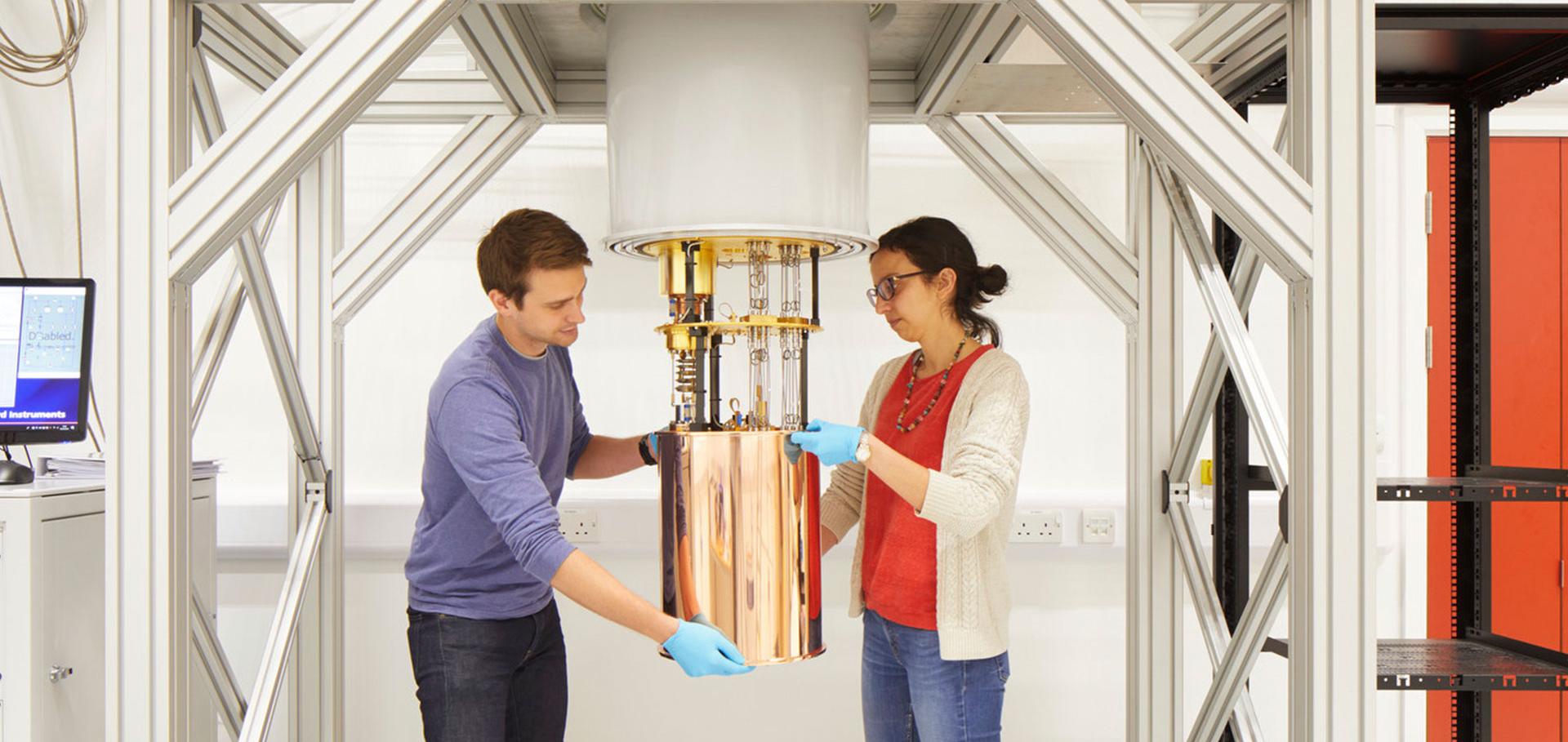Prospects for tin-containing halide perovskite photovoltaics
Abstract:
Tin-containing metal halide perovskites have enormous potential as photovoltaics, both in narrow band gap mixed tin–lead materials for all-perovskite tandems and for lead-free perovskites. The introduction of Sn(II), however, has significant effects on the solution chemistry, crystallization, defect states, and other material properties in halide perovskites. In this perspective, we summarize the main hurdles for tin-containing perovskites and highlight successful attempts made by the community to overcome them. We discuss important research directions for the development of these materials and propose some approaches to achieve a unified understanding of Sn incorporation. We particularly focus on the discussion of charge carrier dynamics and nonradiative losses at the interfaces between perovskite and charge extraction layers in p-i-n cells. We hope these insights will aid the community to accelerate the development of high-performance, stable single-junction tin-containing perovskite solar cells and all-perovskite tandems.Characterising halide perovskite crystallisation pathways using in situ GIWAXS
Understanding operation and improving the performance of metal halide perovskite solar cells
Probing the local electronic structure in metal halide perovskites through cobalt substitution
Abstract:
Owing to the unique chemical and electronic properties arising from 3d‐electrons, substitution with transition metal ions is one of the key routes for engineering new functionalities into materials. While this approach has been used extensively in complex metal oxide perovskites, metal halide perovskites have largely resisted facile isovalent substitution. In this work, it is demonstrated that the substitution of Co2+ into the lattice of methylammonium lead triiodide imparts magnetic behavior to the material while maintaining photovoltaic performance at low concentrations. In addition to comprehensively characterizing its magnetic properties, the Co2+ ions themselves are utilized as probes to sense the local electronic environment of Pb in the perovskite, thereby revealing the nature of their incorporation into the material. A comprehensive understanding of the effect of transition metal incorporation is provided, thereby opening the substitution gateway for developing novel functional perovskite materials and devices for future technologies.Open-circuit and short-circuit loss management in wide-gap perovskite p-i-n solar cells
Abstract:
In this work, we couple theoretical and experimental approaches to understand and reduce the losses of wide bandgap Br-rich perovskite pin devices at open-circuit voltage (VOC) and short-circuit current (JSC) conditions. A mismatch between the internal quasi-Fermi level splitting (QFLS) and the external VOC is detrimental for these devices. We demonstrate that modifying the perovskite top-surface with guanidinium-Br and imidazolium-Br forms a low-dimensional perovskite phase at the n-interface, suppressing the QFLS-VOC mismatch, and boosting the VOC. Concurrently, the use of an ionic interlayer or a self-assembled monolayer at the p-interface reduces the inferred field screening induced by mobile ions at JSC, promoting charge extraction and raising the JSC. The combination of the n- and p-type optimizations allows us to approach the thermodynamic potential of the perovskite absorber layer, resulting in 1 cm2 devices with performance parameters of VOCs up to 1.29 V, fill factors above 80% and JSCs up to 17 mA/cm2, in addition to a thermal stability T80 lifetime of more than 3500 h at 85 °C.


